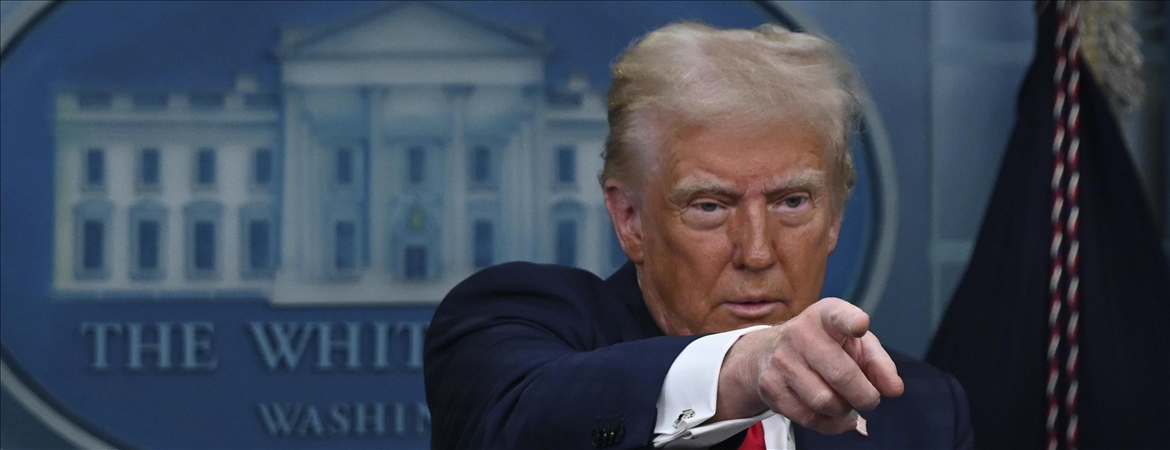It may sound like a cliche to say that the world is changing, but it is. Technology has become the most significant vehicle for this transformation worldwide. Everything in the world is exposed to this transformational process, from superheroes to the rivalries of superpowers in international relations.
Take Spider-Man, for instance. Until recently, Spider-Man was a world-famous action hero whose adventures could be understood and enjoyed universally. He was your friendly neighborhood Spider-Man, an ordinary person living an ordinary life but with extraordinary powers and responsibilities. Even his enemies were rather familiar, like the “Green Goblin” and “Doctor Octopus.” He would use his spider powers to save people and the world. Then the times started to change. Technology became a major part of Spider-Man’s strength. He started to impress us not only with spider senses and webs, but also with his high-tech gadgets.
In the last three movies, we saw a Spider-Man with an upgraded suit kitted with different pieces of high-tech equipment manufactured for him by Stark Industries. Of course, he gained skill sets to be able to use the equipment properly, too. He also got a new nerdy friend, Ned, who knows how to utilize advanced technology and is able to hack computers. In addition to these changes in Spider-Man, we also saw a transformation in his enemies. Some of his enemies started to use technology efficiently in order to control the world.
For instance, we saw Mysterio using Stark Industries' combat drones and programs such as EDITH. Through the use of Stark Industries' satellites, Mysterio and his team deployed drones to generate holographic projections to defeat Spider-Man.
Spider-Man’s allies are also well equipped in regards to technology. Happy uses a fighter jet that can land and take off vertically to help the hero. The plane also holds more high-tech equipment inside, including a superhero suit fabricator, while Fury’s office looks like a high-tech, uber computerized headquarters of sorts. The Spider-Man films now have a more complicated storyline with the involvement of so many different forms of technology. They require more attention for viewers to understand the plot. Our friendly neighborhood Spider-Man is no longer just an ordinary guy but a tech-savvy fighter. It is no longer just “with great power comes great responsibility,” today there is also “with great power necessitates great technology.”
Change in rivalry
Just like the struggle between superheroes and their enemies, there has also been a transformation in the rivalries of superpowers. In the last few years, the increasing tension between China and the U.S. generated debates in areas of rivalry and dispute. Of course, there is a long list of issues that Beijing and Washington have disagreements and disputes on, including the trade war between the world's two largest economies, the geopolitical rivalry in the South China Sea, intellectual property right infringement problems and human rights issues.
However, according to many scholars and observers, the real area of competition will be seen in regards to technology. For the last several years, tensions have already arisen over cyberattacks, the hacking of American companies and government institutions and U.S. attempts to stop China from exporting 5G technology to the world. More recently, however, with the rapid developments in China in space technologies and artificial intelligence, these issues have escalated. Both countries recognize this reality and understand the advantages that tech revolutions can bring for their countries. Because of that, there is a high degree of investment and attention from both governments in this area.
Those observing this rivalry between superpowers are writing extensively about its nature and the potential consequences in this field for the international system as a whole. A recent report by Harvard University stated that China “has displaced the U.S. as the world’s top high-tech manufacturer, producing 250 million computers, 25 million automobiles and 1.5 billion smartphones in 2020.”
In the U.S.' national security strategy interim guidance, China has been named as not only a military and economic challenge but also a technological rival. Since then, different agencies within the U.S. are paying more attention to the technological race between the two countries. For instance, CIA Director Bill Burns called technology the “main arena for competition and rivalry with China.” Chinese government officials also mentioned that technology will be “the main battleground of the global playing field.” While investing in innovation and research and development (R&D), both governments are also increasingly investing in protecting their sensitive technologies.
In the U.S., there are also debates nowadays on the state of the competition in technology. In the aforementioned report by Harvard University, China was portrayed as “a serious competitor in the foundational technologies of the 21st century: artificial intelligence (AI), 5G, quantum information science (QIS), semiconductors, biotechnology and green energy.”
According to the report, in some of these areas, China has already surpassed the U.S. while in certain others, there is fierce competition ensuing. Another report by the Brookings Institution argues that China’s increasing assertiveness in this field could serve the U.S.' interests, such as “its ability to develop coalitional approaches for accelerating innovation.”
‘General Winter’
In war studies, there is a wide belief that weather, particularly winter weather, can change the trajectory of conflicts. Some scholars call it “General Winter” in order to emphasize the contributing factor of weather to the outcomes of wars.
Technology has always been one of these factors and its role has become more consistent throughout the years. Whether in intelligence or hardcore security, technology has always been utilized by countries during their rivalries with their counterparts. But we may be at a critical turning point in regards to the role of technology.
In addition to being a major contributing factor, technology may also become the main area of competition between major powers. In addition to being a means, it can be more of an end in and of itself. In the next few years, the competition in different areas of technology may determine the future of the global order, international relations and superpower rivalries.
[Daily Sabah, January 19, 2022]








